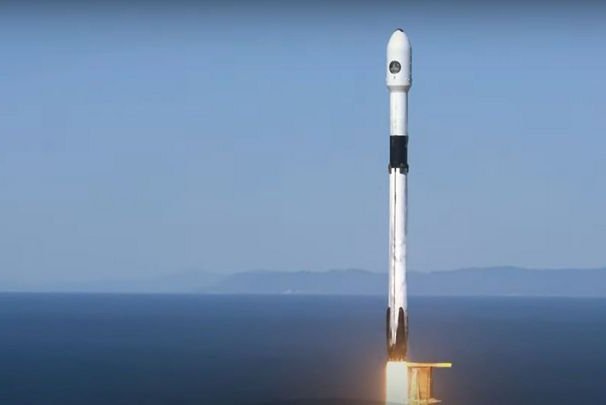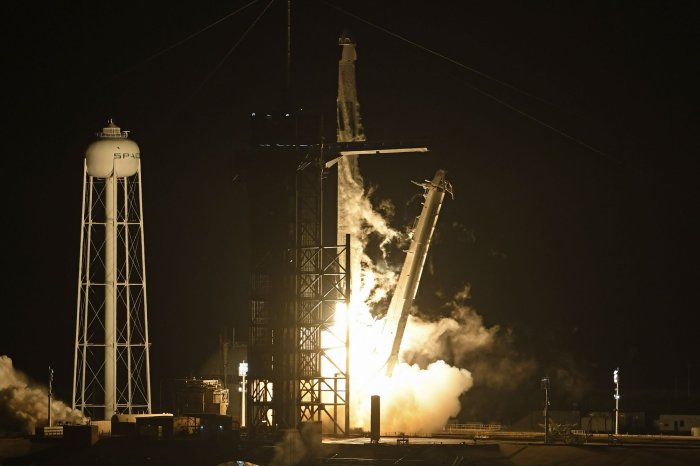ORLANDO, Fla., Feb. 2 (UPI) -- SpaceX launched a classified payload into orbit Wednesday from California for the National Reconnaissance Office, a U.S. intelligence agency that builds and operates spy satellites.
Liftoff occurred as planned at 12:27 p.m. PST from Complex 4E at Vandenberg Space Force Base about 160 miles west of Los Angeles.
















